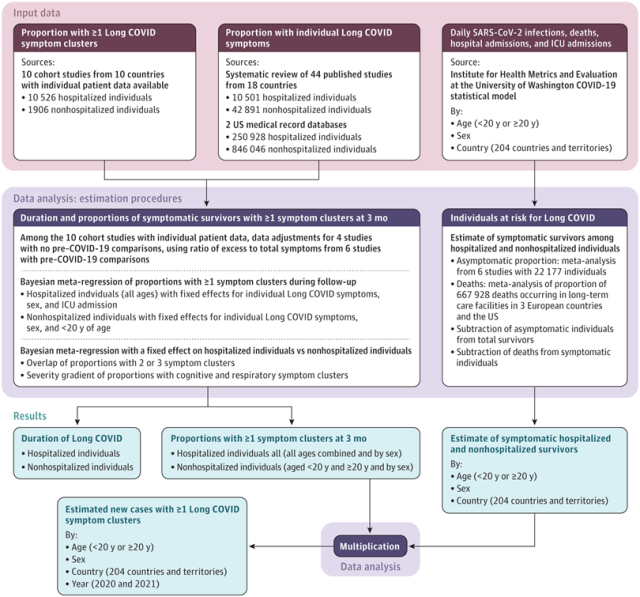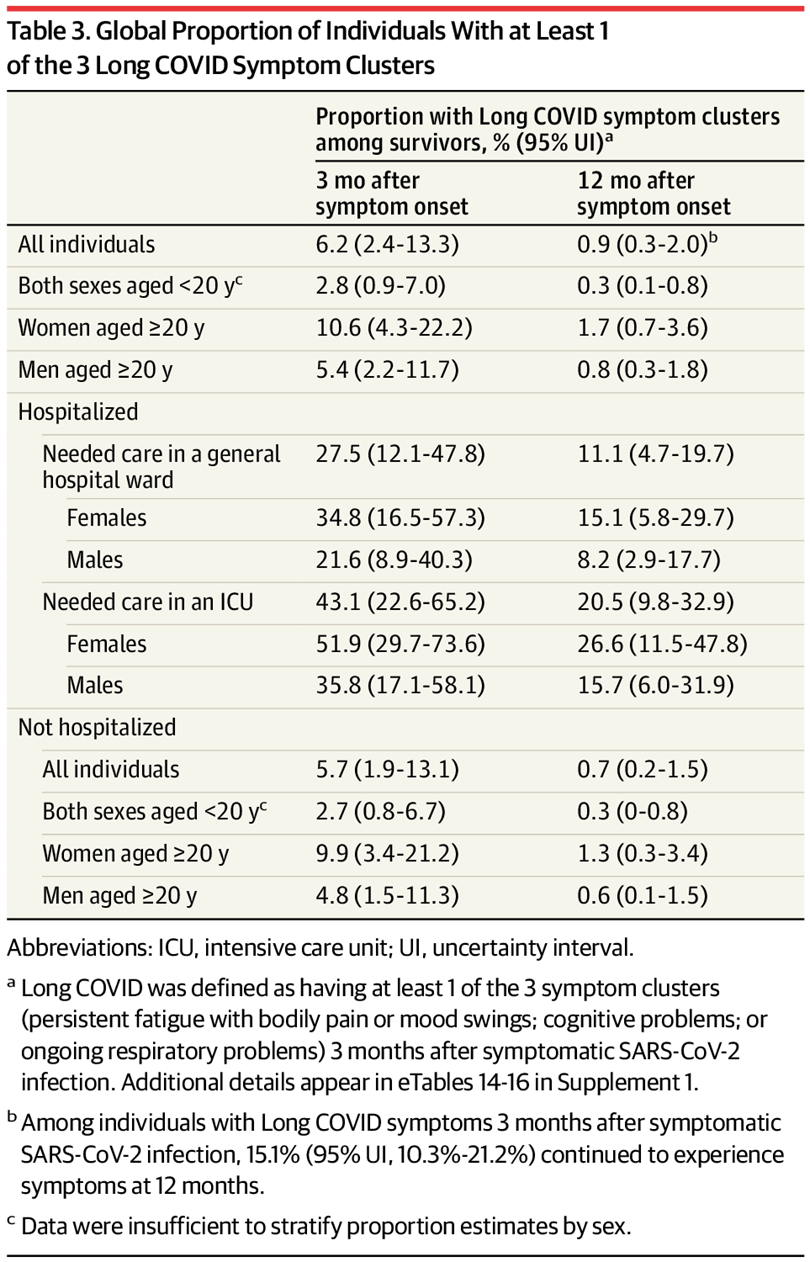1.2 million patients study: Four characteristics of long-COVID sequelae
- Normal Liver Cells Found to Promote Cancer Metastasis to the Liver
- Nearly 80% Complete Remission: Breakthrough in ADC Anti-Tumor Treatment
- Vaccination Against Common Diseases May Prevent Dementia!
- New Alzheimer’s Disease (AD) Diagnosis and Staging Criteria
- Breakthrough in Alzheimer’s Disease: New Nasal Spray Halts Cognitive Decline by Targeting Toxic Protein
- Can the Tap Water at the Paris Olympics be Drunk Directly?
1.2 million patients study: Four characteristics of long-COVID sequelae
- Should China be held legally responsible for the US’s $18 trillion COVID losses?
- CT Radiation Exposure Linked to Blood Cancer in Children and Adolescents
- FDA has mandated a top-level black box warning for all marketed CAR-T therapies
- Can people with high blood pressure eat peanuts?
- What is the difference between dopamine and dobutamine?
- How long can the patient live after heart stent surgery?
1.2 million patients study: Four characteristics of long-COVID sequelae.
JAMA: A study of 1.2 million COVID-19 patients summarizes these four characteristics of long-COVID sequelae.
According to the Johns Hopkins University database, as of October 11, 2022 ( 8:22am), 622 million people worldwide have been infected with the new coronavirus ; its long-term health conditions, especially the sequelae, have become the most concerned issue.

(Global Covid-19 Overview)
On October 10, 2022 , JAMA publisheda set of research papers on long-term sequelae including 1.2 million patients diagnosed with COVID-19 .
We asked Dr. Wang Yuge, who has been engaged in the research and development of new virus drugs/vaccine in the United States , to interpret this research.

The title of this report is ” Estimated Global Proportions of Individuals With Persistent Fatigue, Cognitive, and Respiratory Symptom Clusters Following Symptomatic COVID-19 in 2020 and 2021″ [1].
The study, led by WHO and in collaboration with medical scientists around the world, ultimately included self-reported follow-up of 1.2 million patients with confirmed COVID-19 in 22 countries.
The study defined the long-term sequelae of the COVID-19 (Long COVID-19, long COVID-19) as: symptoms after 3 months of COVID-19, and lasted for at least 2 months.

The study found that 6.2% of the 3 self-reported long-term sequelae symptom clusters had at least 1 sequelae 3 months after symptomatic SARS-CoV-2 infection.
Of these, 3.7% had persistent breathing problems, 3.2% had persistent fatigue with physical pain or emotional abnormalities, and 2.2% had cognitive abnormalities.
But by 12 months of illness, only 0.9 patients had long-term sequelae.
The study also found a significantly higher proportion of hospitalized COVID-19 patients with long-term sequelae.
27.5% (inpatients) vs. 5.7% (outpatients) at 3 months; 11.1% (inpatients) vs. 0.7% (noninpatients) at 12 months.
Long-term sequelae are more severe in ICU-monitored patients.
The proportion of long-term sequelae of COVID-19 patients was significantly higher, reaching 43.1% at 3 months and 20.5% at 12 months.Image
Summary:
Summary of the long-term sequelae of the COVID-19 from the JAMA article:
1). 6.2% of the COVID-19 patients self-reported to have at least one long COVID-19 symptom.
2). The proportion of inpatients with COVID-19 is higher, and ICU patients are the highest.
3). The symptoms of long-term COVID-19 virus are not unique to the COVID-19 virus infection. Similar symptoms will also occur after other virus and bacterial infections.
4). The Omicron strain has a probability of 24-50% of the Delta strain.
This research is also consistent with what we have been saying all along:
A. The sequelae after infection are widespread and not unique to the COVID-19;
B, The risk of developing long-term sequelae after COVID-19 infection correlates with disease severity. That is, the more severe the disease, the higher the risk of sequelae .
From this, the strategy to prevent the sequelae of the COVID-19 is very clear:
Infection prevention is the most important.
Vaccination and timely diagnosis and treatment can reduce the severity of the disease in case of infection and reduce the risk of sequelae.
We cannot prevent infection with the COVID-19, how can we prevent the sequelae of the COVID-19?
Original link:
https://jamanetwork.com/journals/jama/fullarticle/2797443
1.2 million patients study: Four characteristics of long-COVID sequelae
(source:internet, reference only)
Disclaimer of medicaltrend.org
Important Note: The information provided is for informational purposes only and should not be considered as medical advice.



